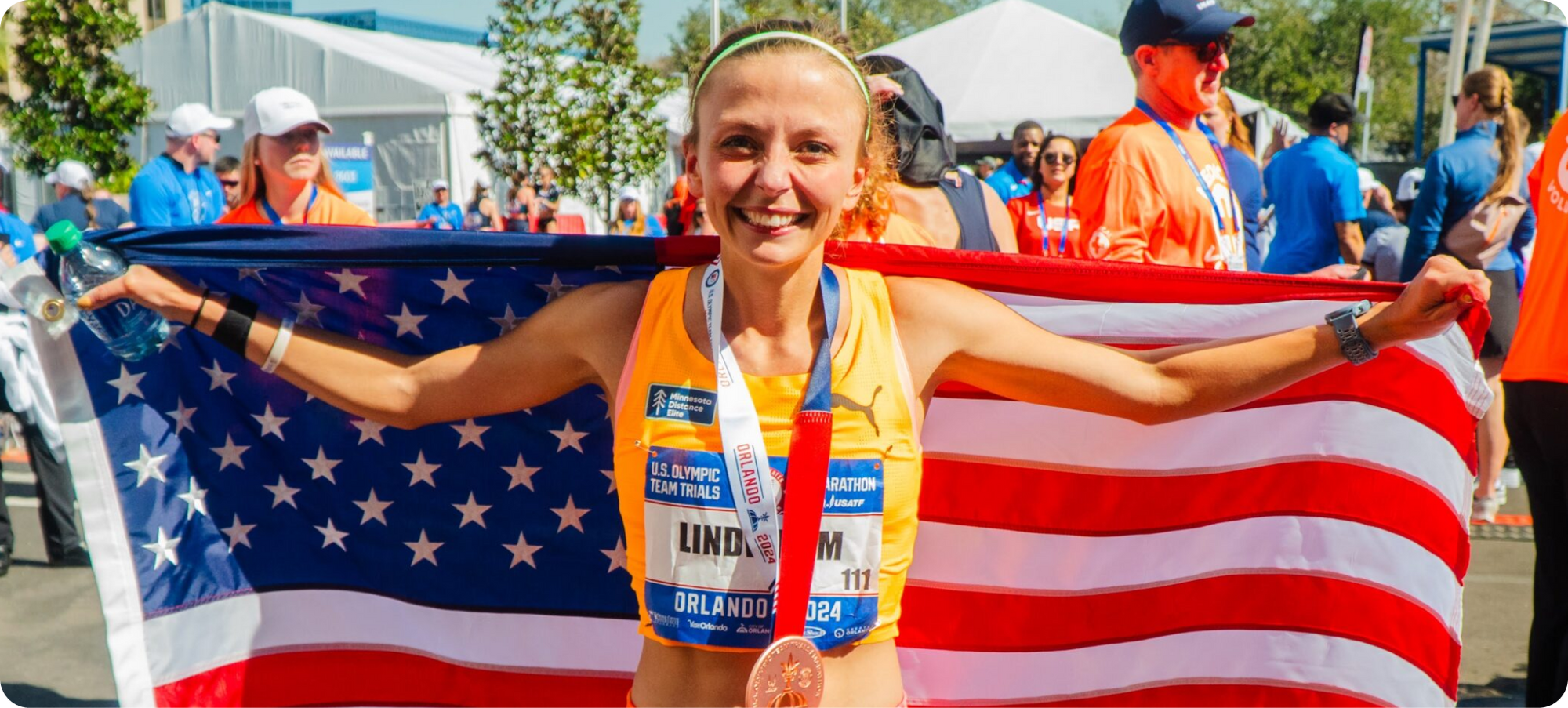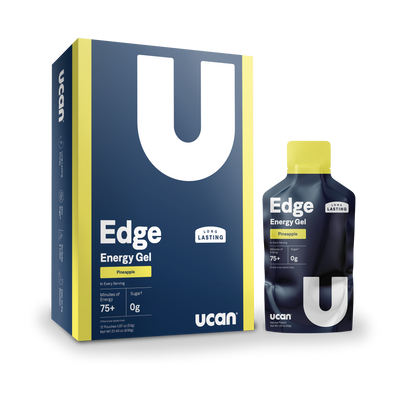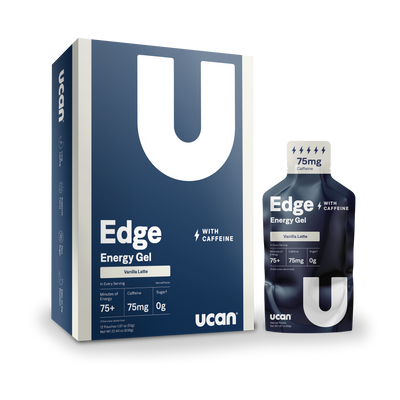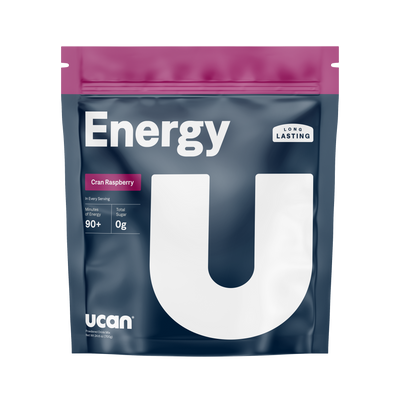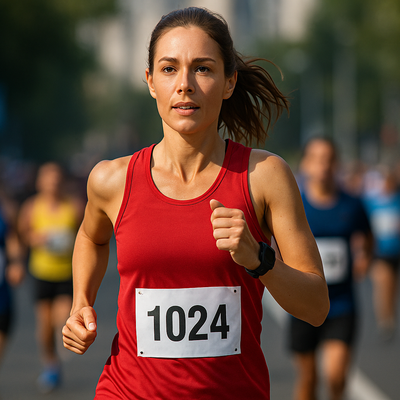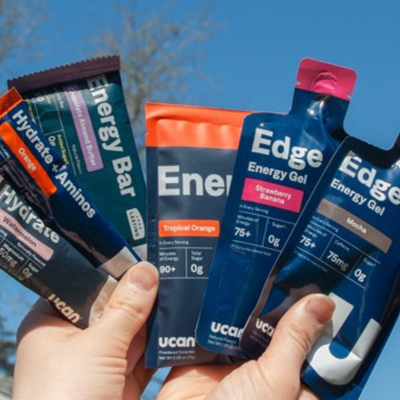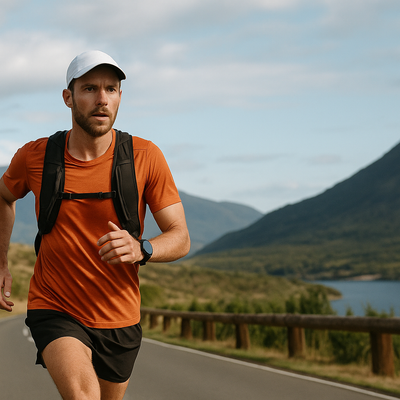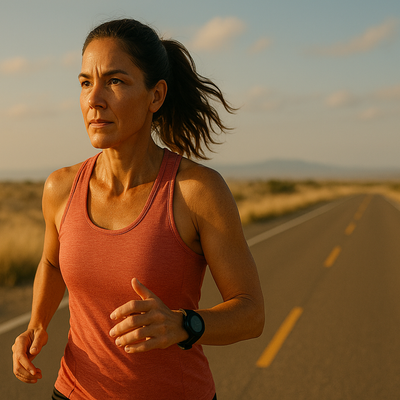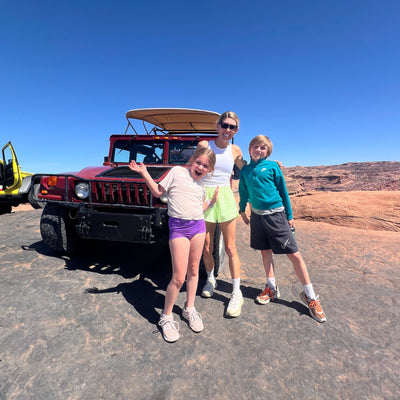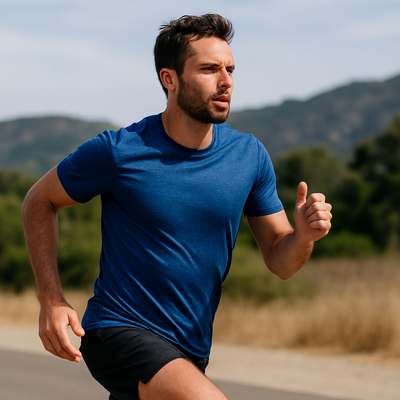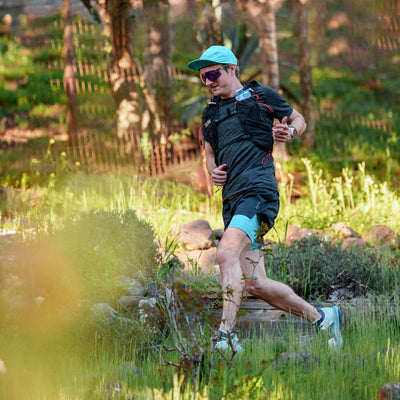As one of America’s top marathoners, Dakotah Popehn (formerly Lindwurm) has built her career on consistency, grit, and the relentless pursuit of improvement. But even for an Olympian, finding the right fueling strategy hasn’t always been easy. From battling stomach issues to bonking in cold conditions, Dakotah has learned first-hand that smart fueling can make all the difference.
We sat down with Dakotah to talk about her running journey, what she’s learned about nutrition, and how UCAN helps her stay consistent from start to finish.
UCAN:
Dakotah, let’s start with your story. How did you get into running, and what’s your journey been like to becoming one of the top American marathoners?
Dakotah:
I actually started running when I was a freshman in high school. I grew up in Minnesota and like a true Minnesotan I played hockey. My mom encouraged me to branch out a bit, so I joined the track team because I usually beat the boys in the mile during gym class.
Turns out, I was not very good right away. I took last a lot that first year. But that really fueled my fire to improve. I eventually walked on to a Division II college team, and my coach there saw potential in me, especially based on my long runs. He told me I’d probably make a great marathoner someday.
So, I gave it a shot—I ran the 2020 Olympic Trials and placed around 36th. Four years later, I made the Olympic team. It’s been a wild ride.
UCAN:
That’s amazing. As a professional runner now, how do you think about fueling around your workouts? Are there specific sessions where you’re especially intentional about it?
Dakotah:
It depends on where I’m at in my training cycle. When I’m in marathon training, I’m really focused on fueling for almost every workout. When the intensity isn’t as high, I can get away with less. But for long runs and marathon-specific workouts, I treat them like race-day rehearsals, fueling before and during, just as I would in competition.
UCAN:
Was there a point in your career when you realized how important fueling really is? Or did that understanding develop over time?
Dakotah:
It definitely hit me more as I got older. Early on, I kind of followed what my male teammates were doing—like running on empty in the mornings. But that just didn’t work for me. Over time, I realized that women’s nutrition needs can be different, and that I feel so much better when I’ve fueled properly.
Now, I’m very aware of how much energy I bring into each workout and how that affects my performance and recovery.
UCAN:
Even with your success, what’s been the hardest part of figuring out your fueling strategy?
Dakotah:
Oh, definitely trial and error. A big lesson came last year. 2024 was incredible. I made the Olympic team, had great races at the Trials and the Olympics, but then I had one of my worst races ever at the New York City Marathon.
I used the same fueling strategy I’d used all season, but the difference was the weather. New York started at about 40°F, whereas the other races were in the 60s or 70s. I didn’t account for the cold, and I bonked hard. I even had vision issues at the end. I could barely see.
That race taught me that conditions really matter. You burn more energy in the cold, and you have to adjust your fueling for things like temperature, effort, and duration. Copy-paste strategies just don’t work.
UCAN:
A lot of runners hear “90 to 120 grams of carbs per hour” thrown around online. Do you take a numbers-based approach, or do you rely more on feel?
Dakotah:
I’ve always been more intuitive. I’ve never been coached to hit a specific number. It’s more about, “What makes me feel good?”
That said, being too casual has backfired in the past. When I was using simple sugars, it was stressful trying to get enough in without upsetting my stomach. That’s what led me to UCAN, it simplified everything. I don’t have to stress about math or finishing an entire bottle to get enough fuel. The slower, steady energy release gives me confidence that I’ll have consistent energy even if I miss a bottle or can’t get something down right away. It’s just a much calmer way to race.
UCAN:
You mentioned stomach issues before. What kinds of problems were you running into with traditional, sugar-based fueling?
Dakotah:
Almost every race where I used sugary gels or drinks, I had stomach issues. I’d feel nauseous mid-race—like I was going to throw up, and sometimes I actually did. I’d try to keep it in my mouth because I needed the calories—it was awful.
Even in training, those products left me feeling wrecked after long runs. My stomach was so upset that post-run fueling became a problem too. I couldn’t get in the protein and carbs I needed to recover properly, which definitely impacted my training.
Switching to UCAN changed that completely. I don’t feel sick after runs anymore. I can recover the way I’m supposed to.
UCAN:
How are you using UCAN now during training and racing? What does your fueling routine look like?
Dakotah:
I use UCAN Edge energy gels the most. It’s just so convenient. It’s ready to go, so I can grab one before a workout or long run. Sometimes I’ll take an Edge if I’m running a double or just need a little boost to get out the door.
On long runs, I’ll mix UCAN Drink Mix into a bottle if I have someone biking with me or helping on the course.
And one thing I always tell people: Edge doesn’t feel like a traditional gel. It’s not sticky or syrupy, it’s more like a smoothie. It goes down so much easier, and I actually look forward to taking it. My go-to flavors are Pineapple and Vanilla Latte, especially since I love using caffeine during workouts and races.
UCAN:
Speaking of caffeine, how does the UCAN Edge + Caffeine compare to other caffeinated gels you’ve used?
Dakotah:
It’s honestly unique. It’s hard to find another gel with that much caffeine—75 mg in one serving. Before UCAN, I was actually putting caffeine pills in my bottles because other products didn’t have enough.
With UCAN, I get that same performance boost from caffeine, but without the sugar crash. You get that immediate “I’m awake and ready” feeling, but the energy lasts instead of spiking and fading. It’s become a key part of my race plan.
UCAN:
What would you say to other runners still trying to figure out their fueling?
Dakotah:
I’d say fueling doesn’t have to be something you dread. It can actually be something you look forward to. That’s been a big mindset shift for me.
Experiment, try things, and find products you actually enjoy using. There’s no one-size-fits-all plan, but once you find something that makes you feel steady and strong, everything changes.
For me, that’s UCAN. But most importantly, it’s about finding what helps you feel your best—because when you feel good, you run good.
